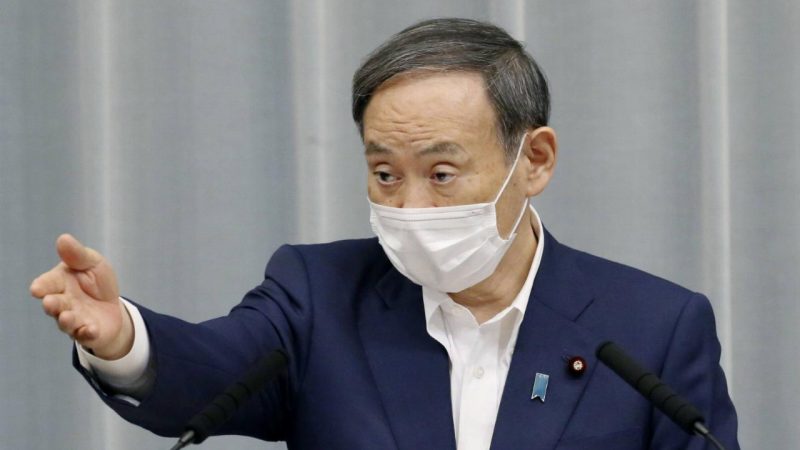- Japan’s Government has expanded the limited State of Emergency it implemented last week, to cover an additional seven regions
- The restrictions in Tokyo and surrounding prefectures will now expand to include Osaka, Kyoto, Hyogo, Aichi, Gifu, Fukuoka, and Tochigi
- Japan’s Prime Minister is reluctant to call a nation-wide State of Emergency because of the economic consequences likely to follow
- However, Japan’s hospitals are now at breaking point, and unable to provide beds for many infected citizens
- With soaring COVID-19 cases and a new mutant strain from Brazil, Japan’s State of Emergency may have come too late
Japan’s Government has expanded the limited State of Emergency it implemented last week, to cover an additional seven regions.
Initially, the month-long State of Emergency only applied to the country’s capital Tokyo, and neighbouring prefectures Saitama, Kanagawa, and Chiba. Due to these prefecture’s high population densities, this covered almost a third of the nation’s citizens.
However, record COVID-19 case numbers and a new mutant strain of the virus from Brazil have pushed Japan to do more. Japan’s Health Ministry detected the variant in four travellers from Brazil’s Amazonas state earlier this month.
The State of Emergency will now expand to include the prefectures of Osaka, Kyoto, Hyogo, Aichi, Gifu, Fukuoka, and Tochigi. Combined with Tokyo and its surrounding prefectures, the restrictions will now affect approximately 55 per cent of Japan’s population.
Thus far, Japanese Prime Minister Yoshihide Suga has been reluctant to call a nation-wide State of Emergency, because of the economic consequences that will follow. However, he may have little choice after Japan recently recorded three consecutive days of over 7,000 daily new cases.
The wave of new infections is overwhelming the country’s hospitals, which are quickly approaching breaking point. Between December 27, 2020 and January 2, 2021, Japan’s Ministry of Health, Labour, and Welfare was unable to secure spaces in hospitals or isolation facilities for over 3,000 infected people.
While it is hoped that the expanded State of Emergency will begin flattening the curve of infections, many are saying that the restrictions are too lax to accomplish this. With soaring COVID-19 cases, the new Brazilian variant, a hospital system on the verge of collapse, and potentially ineffective restrictions, Japan’s State of Emergency may be too little too late.

